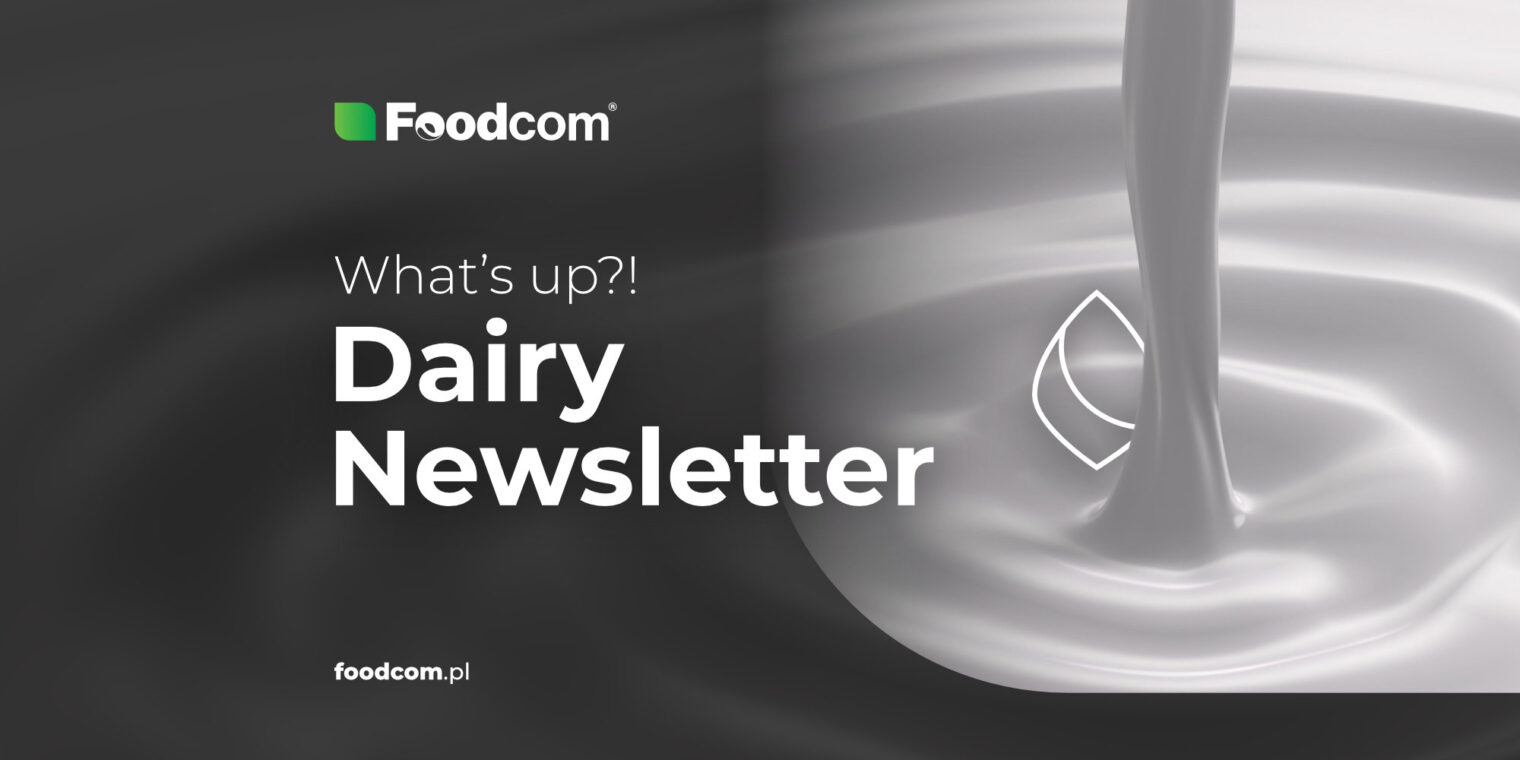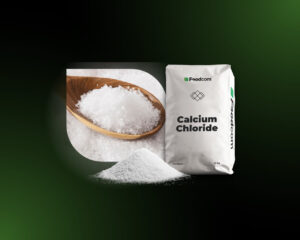Summary
Table of contents
A recent survey, from Arla Foods, showed that milk production decreased by 3% among 541 farm owners due to a shortage of labor. This is currently one of the biggest problems facing many farmers. Many declare that they will leave the profession if the labor shortage continues.
With the global hunger crisis, ensuring food security is of utmost importance. As a result, many growers are wondering how they can attract new people to enter the industry. The same problems are occurring in the U.S., where drying plant operators in the region continue to cite labor shortages and late deliveries of production equipment as the cause of their underperformance.
Agriculture businesses are now more demanding than ever, with fertilizer, feed, and fuel prices rising, and the weather becoming more unpredictable. But the importance of the dairy business is priceless – the market participants believe that difficult situations won’t cause consumers to stop buying dairy products. Specialists should be able to set trends, even though there are many uncertain factors. Especially since dairy products are still considered primary commodities.
Continue reading to learn about this week’s market insights.
With us, you’ll never miss a thing!
Lack of the demand followed by the summer vacation period is showing that the product is available at a discounted rate throughout Central and Western Europe. With prompt collections and lower prices, the product has become available and buyers are hesitating upon contracting additional volumes.
Both Whole milk and Skimmed Milk on the Polish market remain stable due to forex of EUR to PLN exchange rate being kept high for the previous week. Reflecting the price of the Western goods – We can see a tendency of an easing in price, however we understand that this is masked by the current unfavorable exchange rate.
If we look at the prices of FCMP on the German market, we see that last year they fluctuated around 3.28 €/kg in the same period. The difference is quite significant.
Still, a relatively open amount of sweet whey concentrate is being offered on the market.
The only difference between pricing is the drying costs each Country or geographical dryer provides for the goods in powdered form.
Discrepancy between the prices are visible and comparable to regions not receiving their new annual gas bill yet.
The beginning of the week showed an opportunity for the high-end concentrate buyers where the product offered was sold cheaper than the current market, however coming to the week’s end we’ve witnessed the limited discounted stock was only possible to acquire at the beginning of the week.
Product is available on the market where offers for late Q3 + Q4 are still being kept firm compared to what is being offered at present.
For cheese, European buyers and traders are mainly focused on Q3, as Q4 still seems to be unknown for some market participants.
On the spot market, some volumes can be found at slightly lower prices, but interest varies from country to country. Overall, cheese availability can be described as satisfactory.
If we look at the products of German origin, we can observe good demand and general stable prices.
Polish origin yet again shows to be one of the most demanded due to the price comparison of Western Butters.
On the other hand, we see offers for foreign butters which are becoming more available and finding their way into Central and Western Europe.
In Central America, it is said that despite a seasonal slowdown in demand due to staff shortages, it is difficult to keep up. Availability of bulk butter has increased in the recent weeks. In the West, lower prices for butter, as a result of the GDT event on July 5, contributed to a slowdown in export demand. Last week, the prices of Cream in Europe fell slightly, but we do not know how long this trend on the market will last.
In the United States, projections for milk production in 2022 and 2023 are down from last month, as lower growth in milk volume per cow is expected. In Europe, compared with the previous year, the volume of milk is declining seasonally, but not as quickly. In Eastern Europe, spot prices for milk are high. It is unlikely that the coming drought will change milk consumption.
With the global hunger crisis, ensuring food security is of utmost importance. As a result, many growers are wondering how they can attract new people to enter the industry. The same problems are occurring in the U.S., where drying plant operators in the region continue to cite labor shortages and late deliveries of production equipment as the cause of their underperformance.
Agriculture businesses are now more demanding than ever, with fertilizer, feed, and fuel prices rising, and the weather becoming more unpredictable. But the importance of the dairy business is priceless – the market participants believe that difficult situations won’t cause consumers to stop buying dairy products. Specialists should be able to set trends, even though there are many uncertain factors. Especially since dairy products are still considered primary commodities.
Continue reading to learn about this week’s market insights.
With us, you’ll never miss a thing!
SMP/FCMP
Lack of the demand followed by the summer vacation period is showing that the product is available at a discounted rate throughout Central and Western Europe. With prompt collections and lower prices, the product has become available and buyers are hesitating upon contracting additional volumes.
Both Whole milk and Skimmed Milk on the Polish market remain stable due to forex of EUR to PLN exchange rate being kept high for the previous week. Reflecting the price of the Western goods – We can see a tendency of an easing in price, however we understand that this is masked by the current unfavorable exchange rate.
If we look at the prices of FCMP on the German market, we see that last year they fluctuated around 3.28 €/kg in the same period. The difference is quite significant.
SWP
Still, a relatively open amount of sweet whey concentrate is being offered on the market.
The only difference between pricing is the drying costs each Country or geographical dryer provides for the goods in powdered form.
Discrepancy between the prices are visible and comparable to regions not receiving their new annual gas bill yet.
WPC Instant
The beginning of the week showed an opportunity for the high-end concentrate buyers where the product offered was sold cheaper than the current market, however coming to the week’s end we’ve witnessed the limited discounted stock was only possible to acquire at the beginning of the week.
Product is available on the market where offers for late Q3 + Q4 are still being kept firm compared to what is being offered at present.
Gouda/Edam
For cheese, European buyers and traders are mainly focused on Q3, as Q4 still seems to be unknown for some market participants.
On the spot market, some volumes can be found at slightly lower prices, but interest varies from country to country. Overall, cheese availability can be described as satisfactory.
If we look at the products of German origin, we can observe good demand and general stable prices.
Butter
Polish origin yet again shows to be one of the most demanded due to the price comparison of Western Butters.
On the other hand, we see offers for foreign butters which are becoming more available and finding their way into Central and Western Europe.
Cream
In Central America, it is said that despite a seasonal slowdown in demand due to staff shortages, it is difficult to keep up. Availability of bulk butter has increased in the recent weeks. In the West, lower prices for butter, as a result of the GDT event on July 5, contributed to a slowdown in export demand. Last week, the prices of Cream in Europe fell slightly, but we do not know how long this trend on the market will last.
SMC
In the United States, projections for milk production in 2022 and 2023 are down from last month, as lower growth in milk volume per cow is expected. In Europe, compared with the previous year, the volume of milk is declining seasonally, but not as quickly. In Eastern Europe, spot prices for milk are high. It is unlikely that the coming drought will change milk consumption.
Categories:







